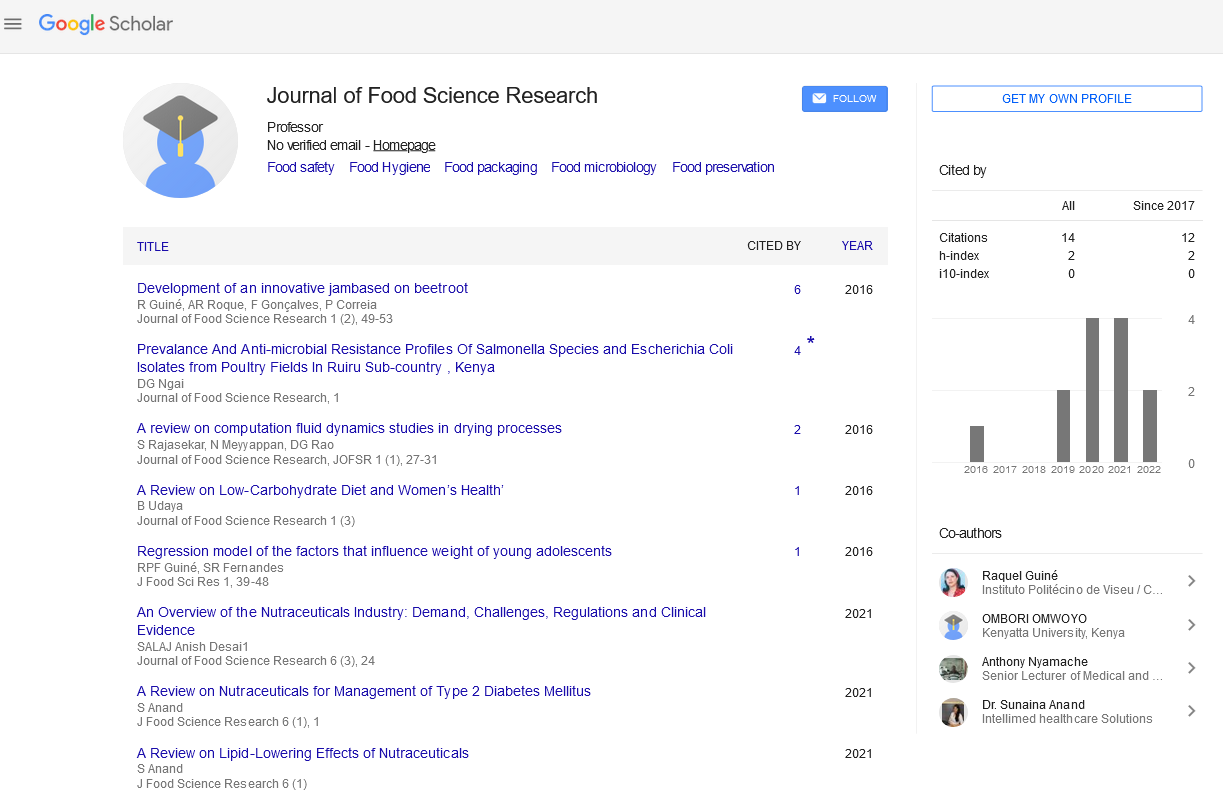Abstract
Production of Gelatin from (Otolithes ruber and Trichiurus lepturu)
Author(s): Ali AberoumandGelatin, derived from collagen, is widely used by various industries because of its functional and technological properties. The by-products of fish-processing industry are a potential source for the production of gelatin. The high potential of fish gelatin production is due to the large quantities of collagen by-products generated. Gelatin is a valuable portentous material that is extracted from fisheries wastes with chemical usual methods. Because the abundance of fishes waste used and because production of gelatin have not high cost, and it frequently is used in the food, pharmaceutical and industrial, It seems extracted gelatin from selected fishes waste is economic efficiency and cost effectiveness. Aim of this study, extraction of gelatin from common carp (Otolithes ruber) and Largehead hair tail (Trichiurus lepturu). in this studied for production of gelatin the acidic and alkaline processes were used. The samples were immersed in 100 mL of NaOH % 0.5 in three times for 40 minutes and after neutralizing; the samples were immersed for in 100 mL of sulfuric acid % 0.5 three times for 40 minutes. After neutralizing samples were placed in citric acid, 0.5%, 1.5% and 3%. After re-neutralizing, samples were heated for 4 hours for production of gelatin. In finally, each sample were filtrated and dried. The results showed that common carp skin in pH = 6.5 had gelatin yield of 10% based on dry matter. Production yield of gelatin from fish Large head hair tail in first, second and third treatments at pH = 6.5 were 5.1 %, 7.3 %, and 1.3 % respectively. However , the temperature effect (three levels 70, 75 and 80°C and pH ( level 5.6 ) were evaluated on the gelatin yield content. Results showed that with a temperature of 70°C and pH with 5.6, gelatin yield was the highest and best quality.

